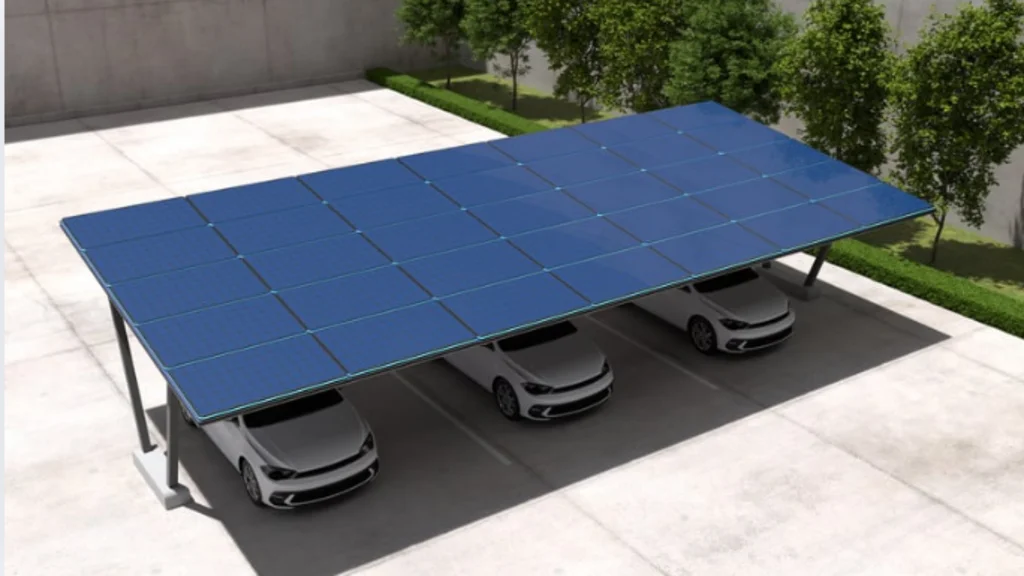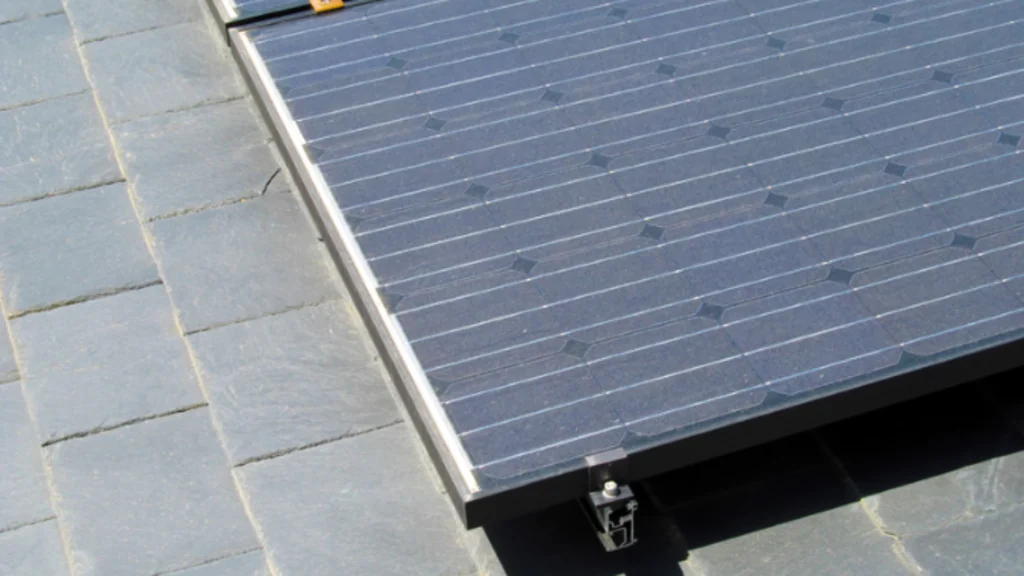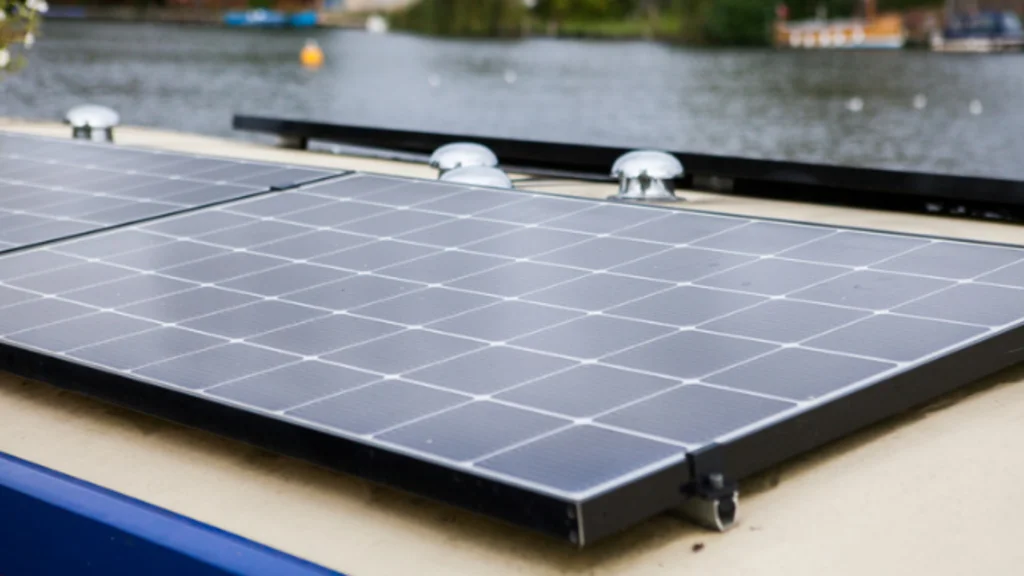Imagine waking up, grabbing your keys, and driving to work without ever needing to stop at a gas station or plug into the grid. What if your car simply charged itself in your driveway, soaking up sunlight throughout the day? This isn’t science fiction anymore. Thanks to innovations in solar and electric technology, solar powered vehicles are edging closer to becoming a practical reality for homeowners, eco-conscious drivers, and small business owners.
In this guide, we’ll explore how solar vehicles work, their current limitations, how they’re being used today, and what you should know before considering one for your home or business.

How Do Solar Powered Vehicles Work?
At their core, solar powered vehicles are electric vehicles (EVs) enhanced with solar photovoltaic (PV) panels that convert sunlight into usable electricity. This electricity either charges the vehicle’s onboard battery or powers the car directly.
Most systems include:
- Monocrystalline or polycrystalline PV panels integrated into the car’s body
- A lithium-ion battery system to store excess energy
- Smart inverters and power controllers to manage energy flow
One setup I worked on involved retrofitting a Nissan Leaf with flexible PV panels across its roof. While the panels only added about four to six miles per day in strong sunlight, they helped extend the range without relying on the grid. For sunny-region commuters, this can cover daily errands on solar alone.
The Rise of Solar Powered Electric Vehicles in the Market
While fully solar powered electric vehicles aren’t widely available just yet, several companies are leading the innovation.
Lightyear
The Dutch startup Lightyear developed the Lightyear 0, which can provide up to 43 miles per day using built-in solar panels. For drivers with short commutes, this makes plugging in optional on sunny days.
Aptera
California-based Aptera introduced a lightweight, aerodynamic EV that boasts up to 40 miles of daily solar range. Its three-wheeled design reduces drag and maximizes solar efficiency.
Both vehicles still include traditional charging ports, giving drivers flexibility. And since about 80% of EV charging occurs at home (according to EnergySage), solar integration is a natural evolution, especially for those already generating electricity with rooftop panels.
Can a Solar Panel Fully Charge an EV?
Not quite, at least with current technology.
A standard 400W solar panel produces around 1.6 kilowatt-hours (kWh) per day in optimal conditions. The average electric vehicle requires 30 to 60 kWh for a full charge. That means:
- You’d need 20 to 25 panels to fully charge an EV in a single day
- With 4 to 5 panels, you could add 20 to 30 miles of range daily
For many drivers, especially those who don’t commute far, this partial charging can still translate to significant savings and reduced grid dependency.

Real-World Issue: The Dirt Dilemma
One of the most common issues I’ve encountered in the field is solar panel soiling. Vehicles accumulate dust, pollen, bird droppings, and tree sap faster than rooftop panels.
A client in Arizona noticed a 15% drop in their vehicle’s solar range during peak summer. When we inspected the panels, a thick layer of desert dust was the culprit. A quick rinse restored performance. According to the National Renewable Energy Laboratory (NREL), panel soiling can reduce output by 10 to 25 percent.
Pro Tip: If you’re considering a solar car or charger, ask whether the panels come with hydrophobic coatings. These help repel dirt and moisture, reducing how often you’ll need to clean them.
Solar Powered Vehicle Charging Stations
With electric vehicle ownership on the rise, many homeowners and businesses are exploring solar powered electric vehicle charging stations. These setups allow you to charge your EV using clean, on-site energy.
Typical components include:
- Rec solar panel array, often canopy-mounted over driveways or parking lots
- Battery storage systems to allow overnight charging
- A Level 2 EV charger or DC fast charger
- A smart inverter and real-time monitoring app
These stations aren’t limited to public infrastructure. One small hotel I worked with in Texas added a solar EV station and saw a 22% increase in eco-conscious guest bookings within six months.
Can You Add Solar Panels to Any Car?
Yes, but with limitations.
Most Solar Powered Vehicles vehicles don’t have enough surface area to install solar panels capable of fully charging the battery. That said, aftermarket solar kits can power auxiliary systems, or provide small amounts of trickle charge when parked.
Practical uses include:
- Running air conditioning systems or cabin fans
- Powering mini fridges or mobile work tools
- Maintaining battery levels during long-term parking
In one project, we added a solar powered vehicle air conditioner to a florist’s delivery van. It kept the cabin cool while parked, preventing flower spoilage and saving fuel that would otherwise be used for idling.

Common Mistakes When Adding Solar to Your EV Setup
From the field, here are the most common mistakes I’ve seen:
Overestimating Solar Output
People often believe a couple of panels can fully charge their vehicle. In reality, most solar-assisted systems can only supplement, not replace, plug-in charging.
Ignoring Battery Compatibility
Not all EV batteries can handle unregulated residential solar input. Using a smart charger or hybrid inverter is essential to avoid damaging your battery.
Poor Panel Orientation
Panels mounted flat on car roofs receive less sunlight than tilted ones. Parking direction and shading also significantly affect output, especially in winter or cloudy regions.
Should You Buy a Solar Powered Vehicle Now?
If you live in a sunny area and drive short distances each day, solar powered vehicles might already be a viable choice. They’re especially compelling for:
- Homeowners with rooftop solar systems
- Small business fleets focused on sustainability
- Eco-conscious individuals aiming to reduce emissions
- Early adopters interested in cutting-edge innovation
However, if your daily mileage is high or you live in a less sunny climate, combining a conventional EV with home solar charging might provide more reliable performance and savings.
Is Solar the Key to Cleaner Mobility?
Solar powered vehicles represent a promising step toward cleaner, more self-sustaining transportation. Whether you’re a homeowner hoping to reduce your electricity bill or a small business seeking a sustainability edge, this technology is evolving fast.
We’re not quite at the point where everyone can drive fully off-grid, but we’re getting closer. Solar integration offers a way to save money, reduce emissions, and take more control over your energy usage.
If your solar panels haven’t been cleaned in over three months, you could be losing up to 20% of your energy output. Or if you’re unsure whether your current system can support vehicle charging, now’s the time to find out. Schedule a solar system checkup today and start getting the most out of every ray of sunshine.

FAQs
How do solar powered vehicles work?
They use photovoltaic panels to convert sunlight into electricity, which either charges a battery or powers the electric motor directly. Smart inverters help manage power flow and efficiency.
What are the disadvantages of a solar powered vehicle?
Solar vehicles are limited by panel size, variable weather, and slower charging speeds. Dirty panels can also impact efficiency, so regular maintenance is important.
Can I add solar panels to my current electric car?
Yes, though they’ll mostly power auxiliary systems or provide slow trickle charging. Full solar integration requires a purpose-built vehicle or large solar canopy setup.
What is a solar powered electric vehicle charging station?
It’s a charging point that draws energy from solar panels, often with battery backup. These can be installed at homes or businesses for clean, on-site EV charging.
Are solar powered cars available today?
Yes. Companies like Lightyear and Aptera have models on the market or in development that use built-in solar panels to extend driving range.
Can solar panels run a vehicle air conditioner?
Yes, especially when connected to a separate battery and solar system. These are ideal for delivery vehicles or work vans needing idle cooling.











